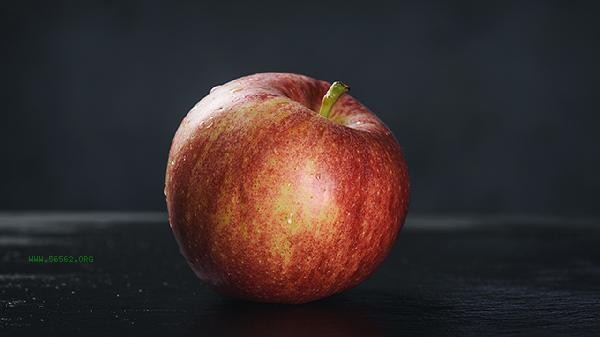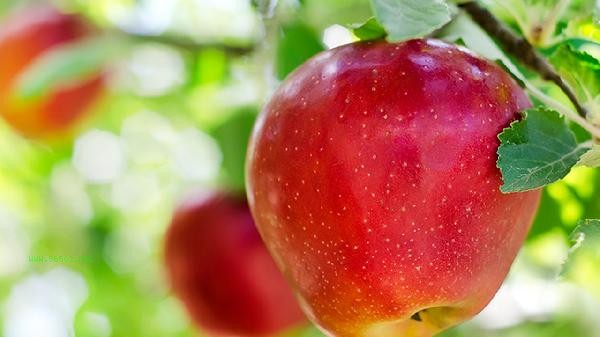The production of apple jam is simple and delicious, and the key lies in the selection of ingredients and control of heat. Fresh apples paired with a suitable amount of sugar and lemon juice can be boiled to make a sweet and sour jam.

1. Material selection
Choose apples with moderate maturity, and varieties with a balanced sour and sweet taste are more suitable for making jam. Wash the apples, peel and core them, and cut them into small pieces for later use. Squeeze lemon juice for later use, which can prevent apple oxidation and adjust the acidity and sourness. The amount of sugar can be adjusted according to personal taste, and the ratio of apples to sugar is generally around 3:1.
2. Boiling Techniques
Put apple chunks into a pot and add a small amount of water to prevent sticking to the pot. Boil on high heat first, then reduce the heat and simmer slowly. During this period, it is necessary to constantly stir to avoid sticking the bottom. After the apple becomes soft, crush it with a spoon or use a blender to mash it into a paste. Add sugar and lemon juice and continue boiling until the thickness is moderate.
3. Determine the heat
Boil the jam until it drips onto a cold plate and does not flow easily, then turn off the heat. It can also be tested with a thermometer, preferably reaching around 105 degrees. During the boiling process, skim off the foam to ensure that the jam is clear. Pay attention to controlling the heat and avoid overcooking, which may cause the color to darken or produce a burnt taste.

4. Storage Method
While hot, put the jam into a sterilized glass bottle and invert it to release the air. After complete cooling, place it upright to extend the storage time. Unopened jam should be stored at room temperature, and after opening, it should be refrigerated and consumed as soon as possible. During production, a small amount of cinnamon powder or vanilla extract can be added to enhance the flavor level.
5. Eating with
Apple jam can be spread on bread, paired with yogurt, or used as a dessert filling. During production, some fruit pulp can be retained to enhance the taste, or it can be completely ground into a delicate texture. According to seasonal changes, you can try adding other fruits such as strawberries or pears to make mixed jam, enriching the taste changes.

Homemade apple jam does not contain preservatives, it is recommended to make it in small quantities multiple times to keep it fresh. Pay attention to hygiene during the production process, use clean utensils to avoid contamination. In patients with diabetes, sugar substitutes can replace some granulated sugar to control sugar intake. Apples are rich in pectin and dietary fiber, and moderate consumption can help promote digestion. The container for storing jam should be thoroughly disinfected to prevent bacterial growth from affecting the shelf life.








Comments (0)
Leave a Comment
No comments yet
Be the first to share your thoughts!